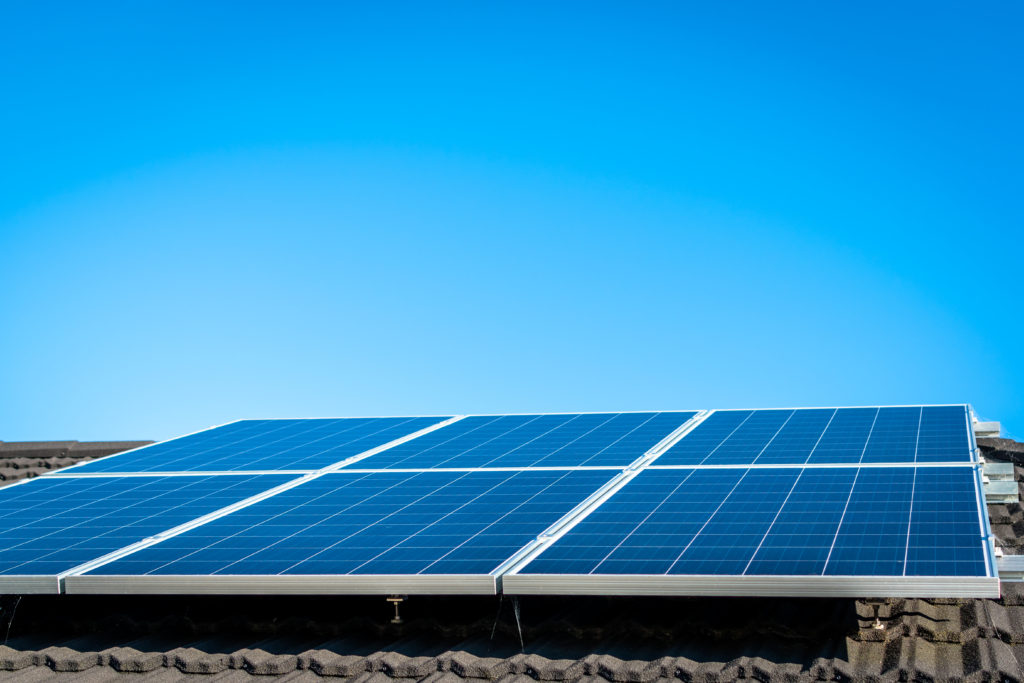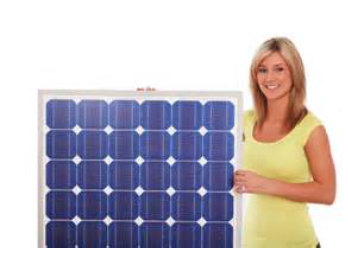
Southern California Edison history of utility increase has shown an average 12% rise over the past 25 years. Like most commodities in life, it will not lower with less or more users, but is shown to be continuously increasing even as more solar power is installed. An average homeowner will spend $195,000 in electrical costs alone. With the installation of a photovoltaic system, you can change that to a positive gain after a return on your investment in just 5-7 years!





